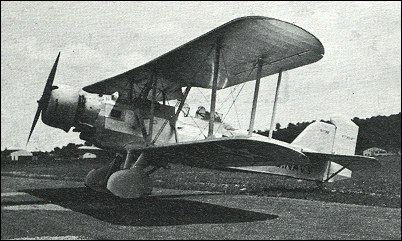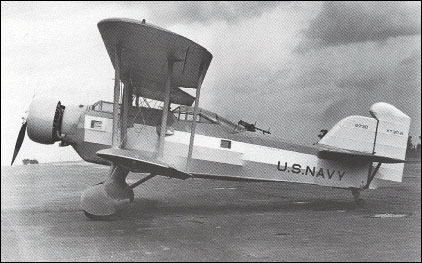 |
Douglas XT3D1931 |  |
| TORPEDO-BOMBER | Virtual Aircraft Museum / USA / Douglas |
 |
Designed and built to meet a US Navy requirement for a three-seat torpedo-bomber, the Douglas XT3D-1 prototype was flown for the first time in early 1931. A large and ugly biplane, basically of metal construction with fabric covering, the XT3D-1 incorporated folding wings and arrester gear for carrier-based operations, had fixed tailwheel landing gear, and was powered initially by a Pratt & Whitney S2B1-C Hornet radial piston engine. Accommodation was provided for a crew of three in open cockpits, a bomb-aimer/gunner forward, the pilot in the centre cockpit, just aft of the wing trailing edge, and a second gunner to his rear. Failing to meet requirements in its initial service trials, the XT3D-1 was returned to Douglas for modification, gaining a more powerful 597kW Pratt & Whitney XR-1830-54 radial engine, wheel fairings for the main units and an enclosed canopy for the two rearmost cockpits. Redesignated XT3D-2, it was returned for further service testing but again failed to attract a production order. It was flown by the US Navy for about 10 years for general-purpose duties before being relegated for use as an instructional airframe in 1941.
|  COMPANY PROFILE | |||||||||||||||||||||||||||||||||||||||||||||||||||
 |

|

